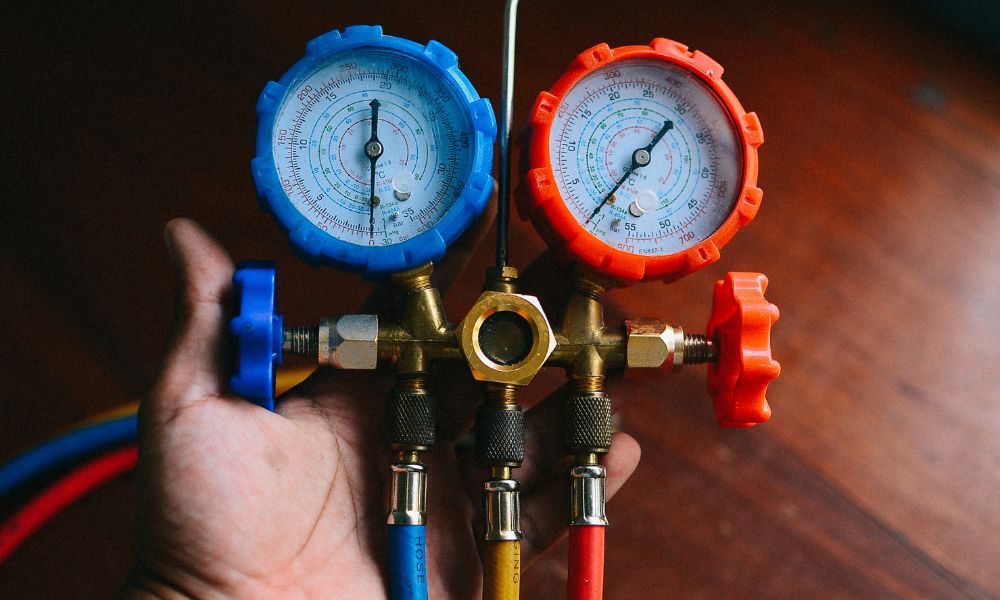Accuracy is the oxygen of manufacturing. When it comes to ensuring precision, air gaging equipment is the unsung hero, providing non-contact, high-precision measurements vital for maintaining quality in production processes.
However, much like any tool, air gages can sometimes yield incorrect measurements. This can lead to substandard products, rework, and potential manufacturing bottlenecks. By understanding the common pitfalls that can lead to incorrect air gage measurements, you’ll be able to deliver higher-quality manufacturingresults.
Improper Calibration
The cornerstone of measurement precision is calibration. If you don’t regularly calibrate your air gage or if you do so incorrectly, it’s bound to produce faulty readings. A deviation from the nominal value, even as minimal as 0.001 inch, can cause a ripple effect of inaccuracies throughout the production line.
Imagine a 0.001-inch underestimation of a bearing seat’s diameter leading to improper fits and performance issues in the final assembly. Regular calibration and adherence to standard operating procedures (SOPs) are imperative to maintain precision.
Environmental Factors
Even if you calibrate perfectly, air gaging systems can be sensitive to their operating environment, especially when the area around them fluctuates regularly. One good example is high temperatures. These can affect the air density, leading to reduced signal strength, while humidity can cause condensation and other related issues.
Pressure changes can also lead to fluctuations in the air’s velocity, perturbing the air jet and resulting in unstable measurements. Environmental controls and compensation formulas within the air gage technology become necessary to mitigate these factors.
Human Error
Sometimes, the most common reason for incorrect measurements in air gaging is human error. Even when calibrated properly, inadequate training or misinterpretation of results can lead to incorrect measurements. The complexity of some air gage equipment necessitates specialized training for operators. With that training, operators can learn not only to utilize the equipment effectively but also to recognize when it is not functioning properly.
Lack of Maintenance
Like a car without oil, an air gage system without maintenance will eventually seize up. Regular cleaning, lubrication, and checking for wear and tear are necessary to prevent the system from producing inaccurate measurements. Establishing a thorough maintenance routine that includes both visual inspection and functional testing is crucial to keep your air gage equipment in optimal working condition.
Equipment Malfunction
Even with proper maintenance, no device is immune to malfunction. A cracked nozzle, worn-out air filter, or failing electronic control unit can all lead to measurement inaccuracy. These issues might not be immediately apparent but can gradually degrade the system’s performance. Regular equipment checks, maintenance schedules, and swift replacement of worn-out components are crucial for preempting these issues.
If it’s too late for any of these fixes, it might be time for a full-on replacement. Fortunately, the team at Air Gaging has your back. From our Stotz air-to-electric converters to our line of Metro digital displays, we have all the air gaging equipment you need to ensure your systems remain up-to-date and accurate.

